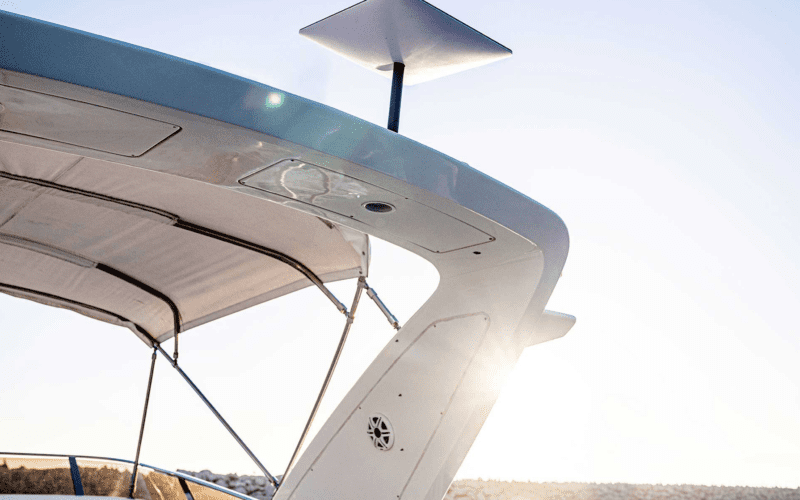 In late June the FCC authorized SpaceX to offers its Starlink satellite internet network for moving vehicles. Starlink, which aims to sell internet connections to almost anyone on the planet however remote their location, has been providing inexpensive service for rural land-based communities since 2019, but this gives the go-ahead to serve RVs, ships, airplanes, and boats.
In late June the FCC authorized SpaceX to offers its Starlink satellite internet network for moving vehicles. Starlink, which aims to sell internet connections to almost anyone on the planet however remote their location, has been providing inexpensive service for rural land-based communities since 2019, but this gives the go-ahead to serve RVs, ships, airplanes, and boats.
Earlier in the spring I wrote an article for this magazine on communications for high seas boaters, including options for accessing the internet. Satellites were and still are the ticket; what has changed in a few short months is that this veritable giant has gotten approval to enter the field.
Starlink’s network currently has 2,700 low earth orbit satellites and plans to continue launching more. With 66 active low-orbit (relatively close to the earth) satellites, Iridium until now offered the broadest coverage for bluewater sailors. Not just the huge increase in number of satellites but the way they communicate with each other is a radical change as SpaceX also has been replacing traditional radio signals with lasers for sending data between satellites. Lasers encode data as pulses of light. Like deploying optical fiber for terrestrial broadband, this has the potential for providing open ocean mariners with fast speeds and low latency, which affect the time for data download and upload.
Starlink Maritime service is currently accessible only along the coast but is slated to expand over the next couple of years.
As might be expected, the cost of Starlink Maritime is high — $5,000 per month for service and $10,000 upfront equipment costs for its dual terminal setup. Until now its usual customers paid $110 a month for broadband internet using $599 self-install terminal kits. Certainly initially only “merchant vessels to oil rigs to premium yachts” will be using it according to arstechnica.com.
But the cost of full coverage satellite internet service via SAILOR 150 FleetBroadband is not that much cheaper than Starlink, and as innovations in the yachting world like elsewhere tend to flow downward, those of us on small boats can expect to reap benefits from Starlink’s new mobile status. Hopefully this expansion will be permitted at a rate that won’t stifle competition.
Contributing editor Ann Hoffner and her husband Tom Bailey cruised for years aboard their Peterson 44, Oddly Enough. She’s now based in Sorrento, Maine.

